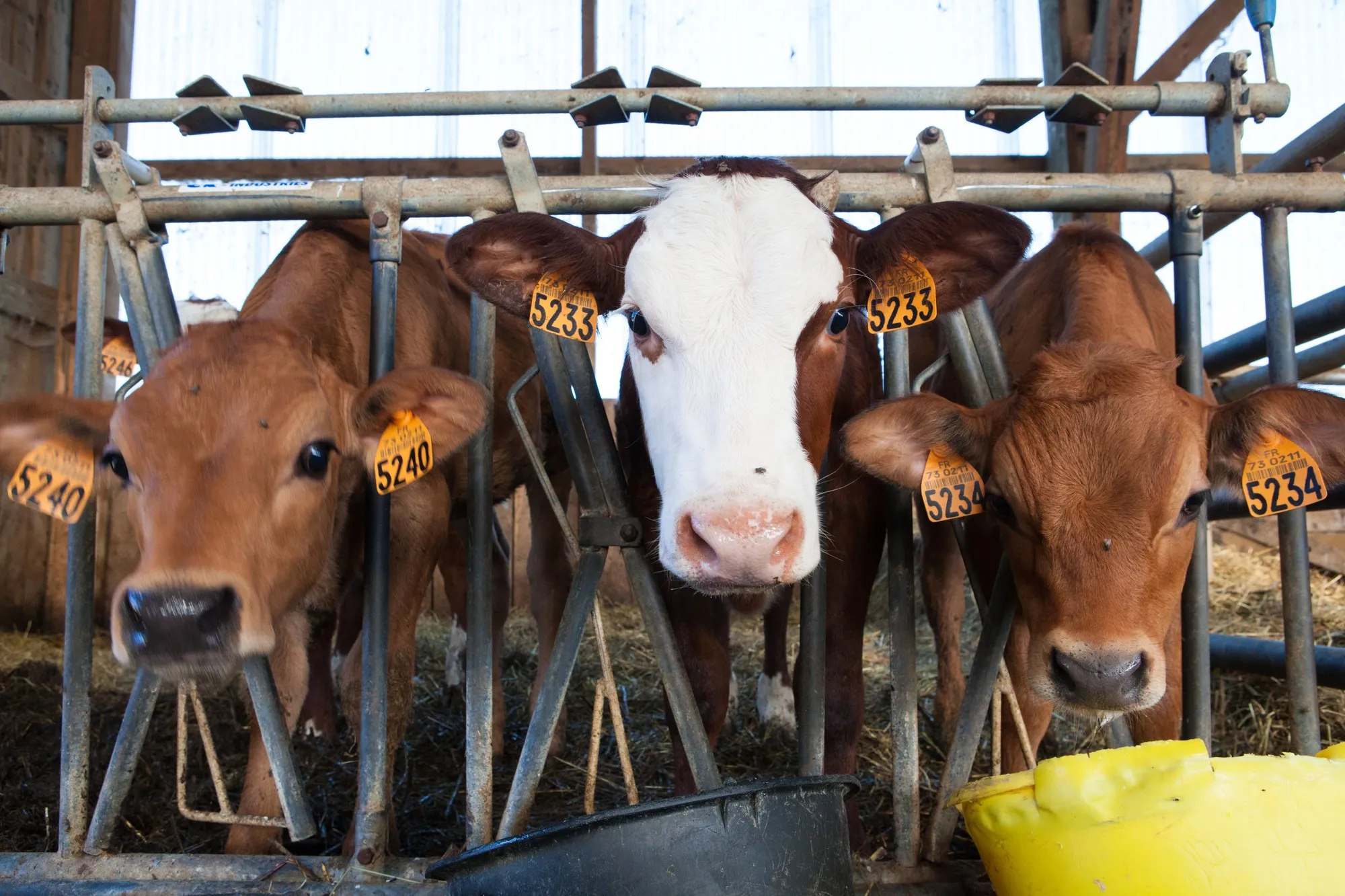In recent years, advancements in animal biotechnology have grown exponentially, leading to significant discoveries that extend well beyond basic agricultural applications. A compelling study published in ‘Animal Biotechnology’ has provided insights into the impact of simvastatin, a cholesterol-lowering medication, on bovine adipocytes or fat cells. The findings of this study can have far-reaching implications for improving meat quality and understanding drug interactions in livestock.
The research article titled “Effect of simvastatin on bovine intramuscular and subcutaneous adipocytes proliferation and gene expression in vitro” was published on March 19, 2021, under the digital object identifier (DOI) number 10.1080/10495398.2019.1607749. The study was conducted by a team of scientists from the Institute of Animal Science and Veterinary Medicine, Shandong Academy of Agricultural Sciences, and the Shandong Provincial Key Laboratory of Animal Disease Control and Breeding in Jinan, China.
The Principal Investigators of the study, Dr. Jin Qing and Dr. Wei Chen, along with their colleagues, set out to explore the pleiotropic effects of simvastatin on bovine adipocytes, particularly focusing on the drug’s impact on proliferation and gene expression within these cells. The research was not merely centered on the anticholesterolemic effects of the drug but delved into its broader biological interactions.
Simvastatin, known generically as SIM, is widely prescribed as part of cholesterol management plans due to its targeted inhibition of 3-hydroxy-3-methyglutaryl-CoA reductase (HMGR) – a critical enzyme in the cholesterol biosynthesis pathway. However, beyond its primary application in human medicine, simvastatin’s influence on livestock and meat quality has been a subject of intrigue among animal biotechnologists.
The study’s methodology involved treating bovine adipocytes derived from both intramuscular and subcutaneous fat tissues with varying concentrations of SIM. These cells are particularly relevant as they contribute substantially to meat marbling – a key characteristic that determines the quality and value of beef. The researchers analyzed the cell proliferation rates and gene expressions, with a focus on HMGR, cholesteryl ester transfer protein (CETP), and lipoprotein lipase (LPL) – genes known to be involved in fat metabolism.
Key findings of the study include:
1. Simvastatin demonstrated a dose-dependent inhibition of adipocyte proliferation in both intramuscular and subcutaneous fat cells.
2. HMGR expression decreased significantly with SIM treatment, validating the drug’s cholesterol-lowering function at the gene expression level within bovine cells.
3. CETP and LPL gene expressions were also altered by SIM, hinting at its possible implications on lipid transfer and storage in these cells.
These outcomes point to the fact that simvastatin not only reduces cholesterol synthesis but also affects adipocyte proliferation and the expression of genes critical to lipid metabolism. The potential for using SIM in managing fat composition in livestock carries implications for the beef industry, particularly concerning meat quality enhancement.
However, the study also raises some concerns regarding the toxicity of simvastatin on adipocytes. With increasing doses, the drug’s effects on cell proliferation suggest that care must be taken when considering its use in livestock, and further research is needed to understand the optimal dosages that balance benefits with potential risks.
The article concludes with a call for more in-depth investigations into the various pathways affected by SIM treatment in bovine adipocytes and the translation of these findings to in vivo contexts, which could help optimize breeding strategies for better meat quality.
For readers and researchers interested in further exploring this topic, the following references provide valuable additional insights:
1. Goldstein, J. L., & Brown, M. S. (1990). Regulation of the mevalonate pathway. Nature, 343(6257), 425–430.
2. Watanabe, J., et al. (2000). Lowering serum cholesterol levels by statins. Japanese Circulation Journal, 64(10), 839–843.
3. Harper, M. E., et al. (2006). Potential role of CETP in fat metabolism. International Journal of Obesity, 30(7), 1120–1126.
4. Frayn, K. N. (2001). Adipose tissue as a buffer for daily lipid flux. Diabetologia, 44(9), 1201–1210.
5. Boren, J., et al. (2013). Role of lipoprotein lipase in lipid metabolism. Current Opinion in Lipidology, 24(3), 233–241.
The study of simvastatin’s effects on bovine adipocytes is a promising avenue for enhancing the value and healthfulness of beef products. It is an excellent example of how the principles of animal biotechnology can be applied to practical issues within agriculture and food production.
Keywords
1. Simvastatin Bovine Adipocytes
2. Beef Cattle Cholesterol Management
3. Meat Quality Gene Expression
4. Animal Biotechnology Lipid Metabolism
5. Anticholesterolemic Drug Livestock
